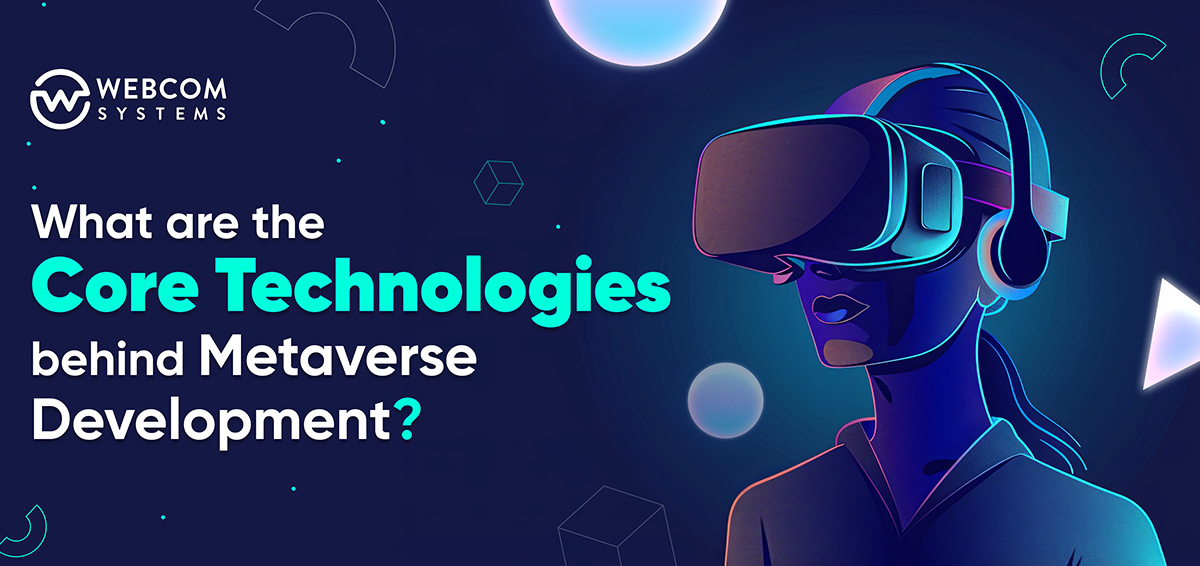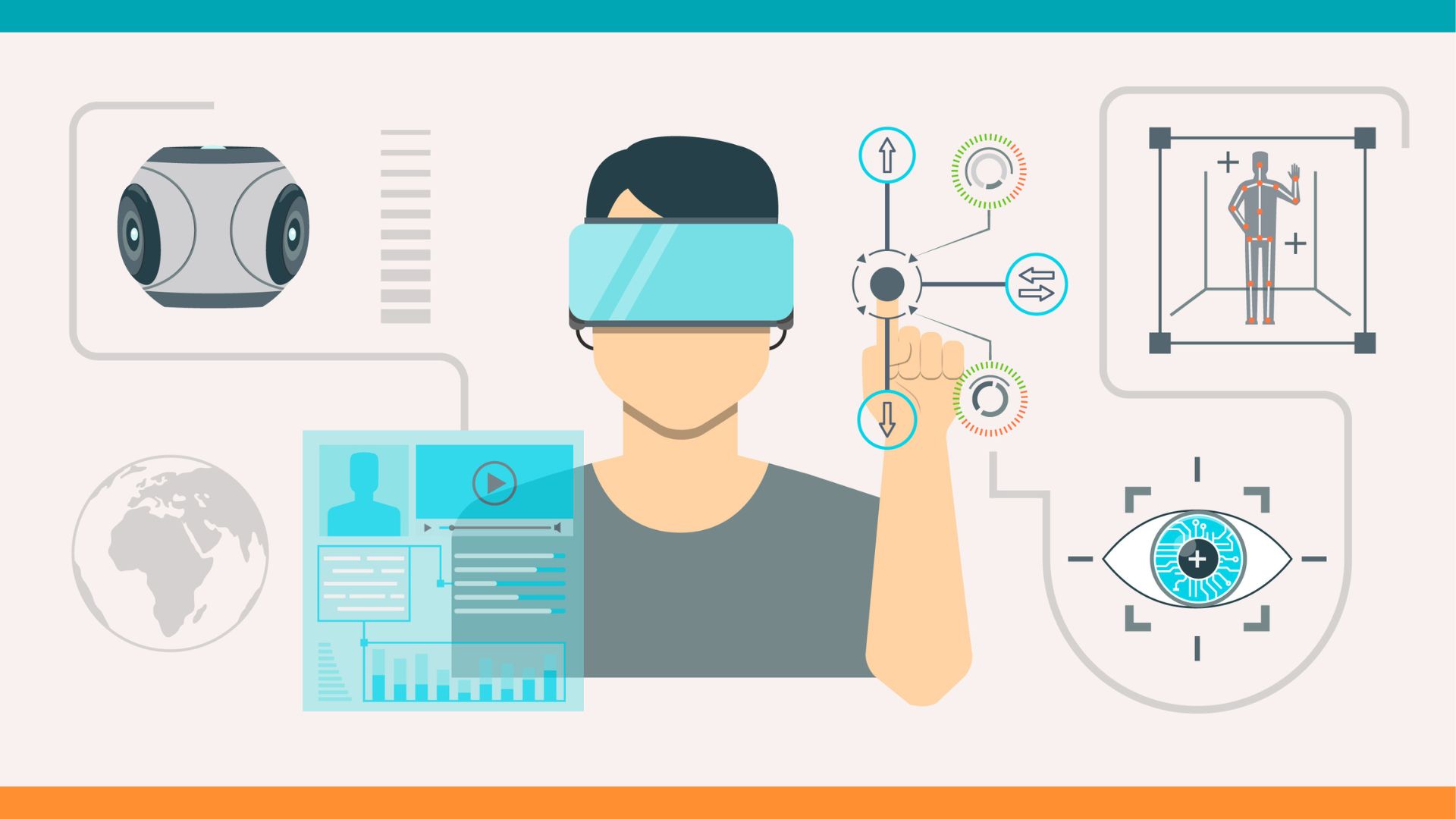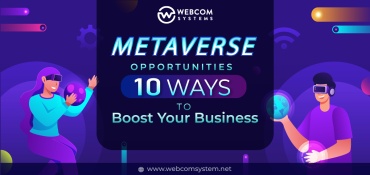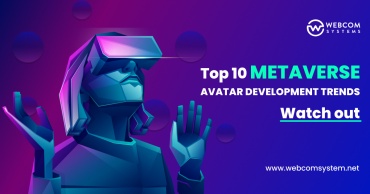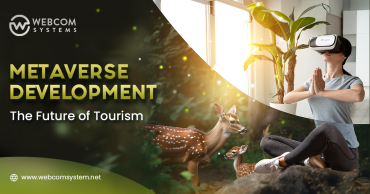Metaverse is an incredible concept of escapism that was considered nothing but a crazy imagination at first. But now it has reached the peak of hype. Nevertheless, this idea didn’t come into existence out of nowhere; it is supported by numerous innovative technologies that help create a metaverse ecosystem. There is one thing that is important to understand: the metaverse isn’t these technologies; rather, it is the collaborative result of experience created by these multiple technologies. Hence, metaverse development creates a virtual world where people can interact and engage in new ways.
Nowadays, businesses across different verticals are seizing the advantages of this technological advancement, contributing to a new era of the internet. Anyone looking to capitalize on developing a metaverse ecosystem for their businesses must understand the technical aspects involved. Well, there is a lot that goes into creating a shared, open, and stable virtual world. At its core, a metaverse solution relies on various metaverse development technologies that enable the creation of digitally enhanced immersive experiences.
In this blog, we will explore the key technologies that metaverse developers use for metaverse development. Let’s delve deeper.
Top Technologies Powering Metaverse Development
It is often assumed that metaverse development is just for virtual and augmented reality. Indeed, these are extremely crucial for any metaverse project, but there are several other technologies, such as blockchain, Artificial Intelligence (AI), 3D modeling, Internet Of Things (IoT), and more, that are much needed to create a metaverse ecosystem. A few of the core technologies behind metaverse development are mentioned below:
AR and VR Technologies
Augmented Reality and Virtual Reality are the core technologies that act as the access gateway to the metaverse worlds. In other words, they are the pillaring technologies that form the foundation to build a fully immersive and interactive digital world for the metaverse.
VR Technology
Virtual reality technology allows the platform users to participate in the virtual space where they can feel like they have entered a whole new world. The technology is employed in developing everything from the components of realistic environments as well as virtual avatars. With the help of VR, social gatherings like meetings, concerts, and more can be hosted seamlessly in immersive virtual environments. Moreover, companies can make virtual shops, showcase goods, sell and rent virtual real estate, and much more.
AR Technology
Augmented Reality (AR) aids in amplifying the experience created by metaverse space. It integrates multiple digital elements into the real world, thus creating a magnificent experience of merging the virtual world with the physical world. Using AR glasses and headsets or cameras and sensors on smartphones and tablets, users can overlay digital details in the real world.
To understand the difference between AR and VR, let’s take another example where an automobile brand built a VR showroom to sell its new collection of cars. With VR, a user can check out the features of different cars inside the virtual store. However, AR makes it possible to even take a test drive of any car before actually making a purchase.
3D Modeling And Animation
3D modeling is one of the core technologies behind the metaverse that makes the virtual experience more real. From buildings to landscapes, vehicles, trees, birds, roads, furniture, other objects, and even avatars that are part of a virtual environment are created through 3D modeling software. Developers take care of every small detail to maximize the reality experience when using 3D Modeling And Animation for metaverse development.
Also Read: Metaverse Opportunities: 10 Ways to Boost Your Business
Artificial Intelligence (AI) And Machine Learning (ML)
AI and machine learning technologies power sophisticated systems that enable smoother functionality through automation and personalization by adapting to user experiences.
Artificial Intelligence (AI)
AI creates realistic avatars by copying the facial features of users and mimicking their actions in the virtual world. This technology helps in content moderation, natural language processing, data analysis, etc.
Machine Learning (ML)
Machine Learning learns the user behavior through basic interactions and tailors the platform experience accordingly. This technology helps the metaverse development companies to develop digital human models that automate tasks and deliver adaptive metaverse environments.
Blockchain
Metaverse can work as a centralized network. But in order to fetch the unique decentralization feature, blockchain technology is employed for metaverse development. Now, with this incorporation, metaverse systems can benefit in the following ways:
- Blockchain provides a decentralized storage system with impressive storage operating independently without the involvement of central authorities and third parties.
- Strong data processing and validation nodes enable safe data transmission, synchronization, and storage.
- Save user and ownership information in an encrypted format, including authorization keys, transaction details, and more.
- Employ self-executing smart contracts that automate the operations on completion of predetermined conditions or rules.
- Enables interoperability that allows seamless sharing of arbitrary data, digital assets, and related information.
Spatial and edge computing
Spatial computing and edge computing are the top technologies used in the metaverse. Spatial computing integrates augmented reality (AR), virtual reality (VR), and mixed reality (MR) to create an interactive metaverse ecosystem. With the support of edge computing, these technologies can collaborate seamlessly, providing instant response times to user interactions and keeping users engaged in the metaverse experience.
Internet of Things (IoT)
This technology helps to link the 3D world to many real-life devices. It connects multiple IoT devices, forming a network that collects and shares data, contributing to building the virtual environment. Moreover, all the data shared between these devices is continuously monitored to understand the patterns and personalize the user experience. At Webcom Systems, our metaverse developers consider the Internet of Things (IoT) one of the major technologies of our Metaverse development tech stack.
Brain-Computer Interfaces (BCI)
BCIs are computer programs that convert brain signals into commands. It helps the users control the virtual environments through brain activity. Although this is still in the early developmental stages, BCIs have the immense potential to transform the lives of disabled individuals or enhance human capabilities.
Mixed Reality (MR)
Mixed Reality (MR) is employed in Metaverse development to integrate the virtual world and real-world elements. Thus, it aids in making the metaverse experience more immersive and interactive. MR technology helps developers build avatars that mimic physical appearance and movements. In addition, platform users can manipulate virtual objects in the same way that they would in the real world. Mixed Reality (Mr)
Web 3.0
The integration of Web 3.0 technology in Metaverse development can help in improving transparency, privacy, and security. Web 3.0 can assist in building interoperable applications that can be used on multiple metaverse platforms. This technology can also be used to tokenize virtual assets, allowing them to be sold, bought, and traded in a secure manner in the metaverse ecosystem.
Wrapping Up
Different leading technologies have come together to turn the idea of a virtual world into reality by creating metaverse platforms where users can work, shop, interact, play, and do much more. As these metaverse development technologies are continuously evolving with time, they are also shaping the future of metaverse development.
Webcom Systems is the pioneering metaverse development company that helps businesses build metaverse ecosystems and create their own virtual worlds. We have a team of experts who are well-versed in all the major technologies, such as 3D modeling, blockchain, artificial intelligence, and more. Contact us to talk about your metaverse project and how we can help you make it a reality.
Recommended Read: Metaverse Development: The Future of Tourism

